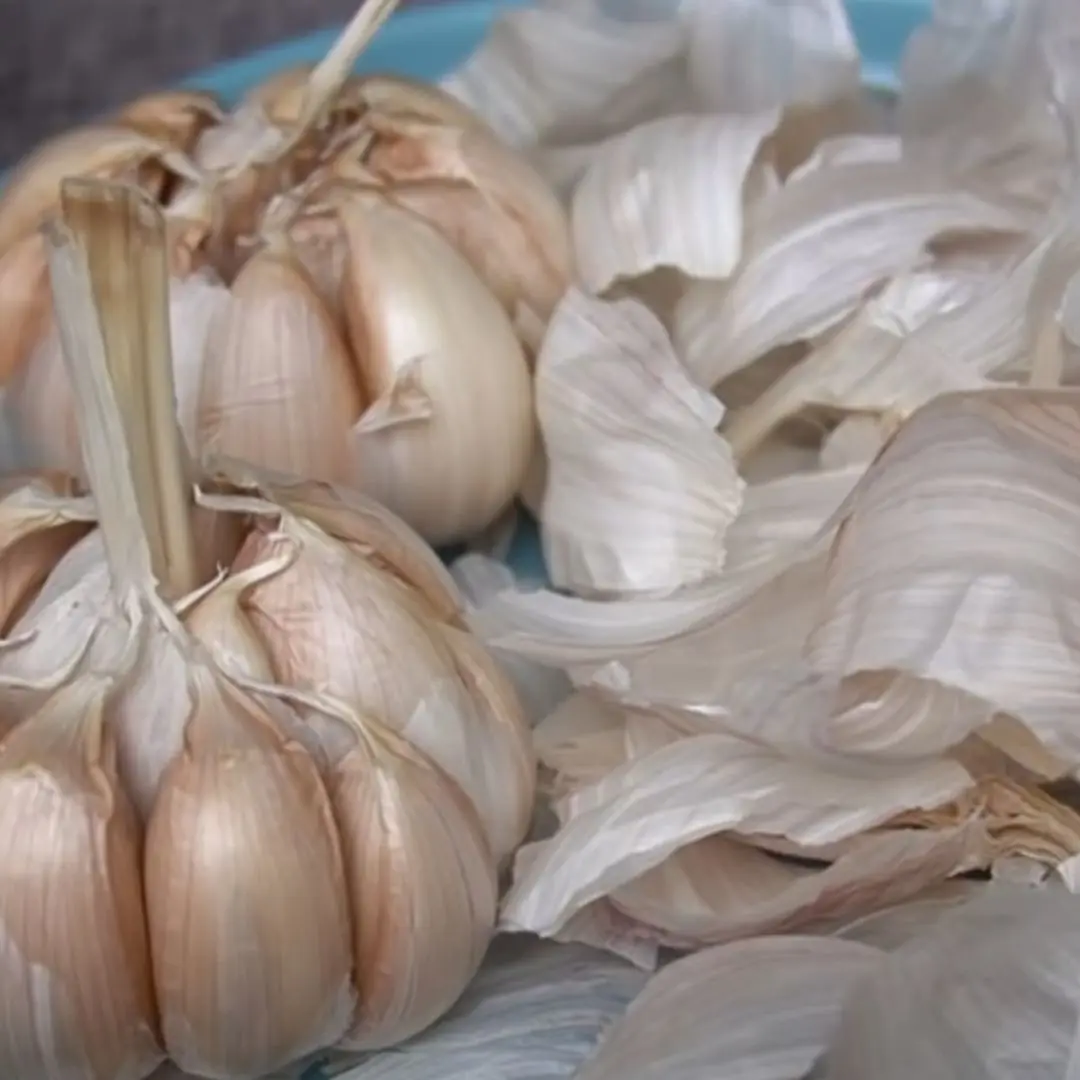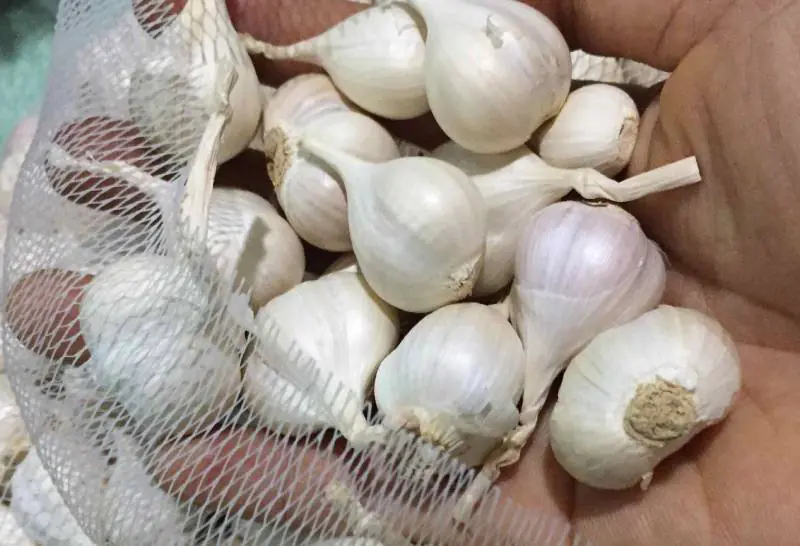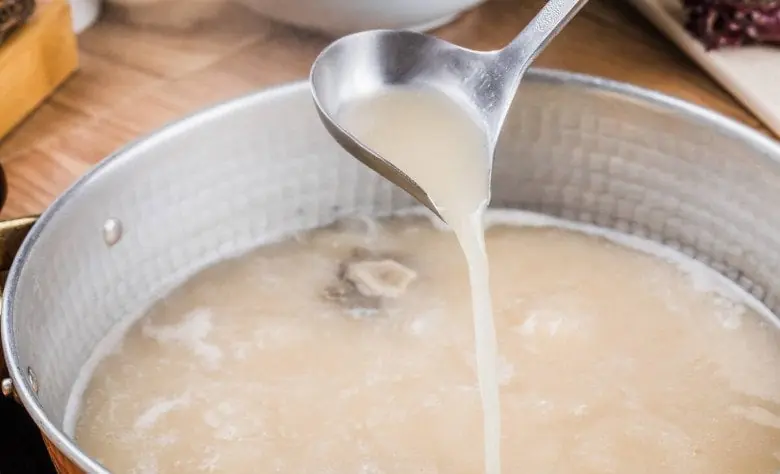
Be careful when buying cooking oil: If it has these 3 words, no matter what brand it is, it is "mixed oil"

How to Choose Healthy Cooking Oil: Avoid Low-Quality Blended Oils
Cooking oil is an essential part of daily meals, used in frying, stir-frying, and sautéing. It enhances the flavor of food and provides an important energy source. However, when shopping for cooking oil, consumers often face an overwhelming variety of options, including peanut oil, corn oil, canola oil, olive oil, and more.
To ensure you buy the best quality oil, be cautious of "blended oils." Here’s what you need to know:
1. The Downsides of Blended Oils
Many people choose cooking oil based on brand, price, or personal preference. However, regardless of choice, it’s best to avoid low-quality blended oils.
A blended oil is made by mixing two or more types of oil in specific proportions. During production, it undergoes multiple processes such as decolorization, acid removal, artificial color enhancement, and flavoring. In other words, its color and aroma are artificially modified.
Compared to natural, pure vegetable oils, blended oils often have a stronger color and fragrance, but low-quality blended oils are harder to absorb and may not be as beneficial for the body.
Long-term consumption of poor-quality blended oils:
- Increases the burden on the cardiovascular system.
- Raises the risk of chronic diseases in middle-aged and elderly individuals.
- May contribute to cancer development.
2. Three Words That Indicate "Blended Oil"
When shopping for cooking oil, check the label carefully. If you see any of the following words, it means the oil is a blended product, and you should avoid buying it:
The three words to look out for:
- Blended Oil
- Mixed Oil
- High-Blended Oil
If the label explicitly states "blended oil" but does not specify the ratio or types of oils used, it is best to avoid it. Poor-quality blended oils may contain low-grade or highly processed oils, which can harm health.
3. How to Choose High-Quality Cooking Oil

Not all blended oils are harmful, but the quality of the oil must be ensured. Some experts suggest rotating different types of oils for better health benefits. However, the key is to choose only high-quality oils.
Here are two essential tips to identify the best cooking oil:
1. Observe the Color
- High-quality cooking oil should be light yellow, clear, and free of unnecessary sediment at the bottom of the bottle.
- If the oil appears cloudy, murky, or has visible impurities, it may be of lower quality and should be avoided.
- Using poor-quality oil long-term can increase the risk of obesity, high blood pressure, and other health issues.
2. Check the Ingredient List
The ingredient list provides important clues about oil quality:
- Check the raw materials: If the label mentions "genetically modified (GMO)", it’s better to avoid it. While there is no conclusive evidence that GMO products harm human health, there is also no proof that they are entirely risk-free.
- Look for production methods: Cooking oils are typically processed through cold-pressing or refining.
- Cold-pressed oils are safer and healthier than refined oils, so prioritize oils labeled "cold-pressed".
- Check cholesterol and sodium levels: The best cooking oil should have 0 cholesterol and 0 sodium.
- Look for unsaturated fatty acids: Ideally, the unsaturated fatty acid content should be between 70-100 grams, making it healthier for consumption.
News in the same category


Keep Bananas Fresh for 2 Weeks by Storing Them Here — Not in the Fruit Bowl

12 vegetables that grow well in containers

Don’t toss those eggshells! Here’s why you should keep them

What’s the Purpose of That Tiny Hole in a Safety Pin?

3 Tips for Perfectly Golden, Extra Crispy French Fries That Stay Crunchy for Hours

Old Farmer’s Advice: “When Buying a Pumpkin, Don’t Look at Its Size — Focus on These 4 Things to Pick the Best One!”

Add These Two Ingredients When Cooking Rice

Extraordinary Visual Skills If You Can Spot The Cat

Refrigerator has a small button that can save millions in electricity bill

Airport staff reveals: The fastest and simplest way to get luggage without having to wait long

Do not immerse fish directly in water when defrosting. The restaurant chef taught me 3 tips after defrosting, the fish will be as fresh as r.a.w fish

The surprising benefits of garlic skins: Many people regret not knowing sooner

Never place your microwave in this spot if your kitchen is small — it’s bad for you and bad for the machine!

Plant these 8 snake-repelling species around your house, and they’ll stay far away the moment they spot them

Why Do Jeans Get Weird Ripples After Washing?

Chef Reveals How to Keep Garlic Fresh for 6 Months

5 White Foods That “Boost” Collagen Naturally

Try dropping a bar of soap into your toilet tank
News Post

9 Alarming Nail Changes That Reveal Hidden Health Problems — Watch for White Nails and Black Borders

I Baked a Cake for My Daughter's 9th Birthday – My Little Girl Found It Destroyed on Her Celebration Day

My Husband's Mistress Accidentally Sent Me Her Photo in My Robe – I Was Broken, But a Revenge Plan Started Forming in My Mind

My Grandson's Fiancée Shamed Me Publicly for Giving a Handmade Gift for Their Wedding – Then Someone Grabbed My Hand Very Hard

Why hotels receptionists always say no rooms available when a couple arrives late at night, turn out this is the reason revealed by veteran staff

The Mistake of Washing Grapes with Salt or Baking Soda=

Tofu Is Nutritious and Healthy — But These 4 Groups Should Avoid It

Keep Bananas Fresh for 2 Weeks by Storing Them Here — Not in the Fruit Bowl

When the “Promised Land” Turned into Hell: The Story Behind the 1861 Tragedy

Waking up with swollen hands in the morning could be due to arthritis or some other underlying health problem that needs immediate treatment.

5 warning signs of cancer developing in the body

Depressing find at the bottom of the Mariana Trench is a warning to the world

This One Superfood Could Tackle Major Health Issues—Here’s What You Need To Know

The Amish Family That Vanished: The Miller Mystery from 1992

Biker Bought Teenage Girl At Gas Station Human Trafficking Auction For $10,000

My Husband and In-Laws Demanded a DNA Test for Our Son

The Little House Mistakes No One Spotted — The Hidden Bloopers of a Beloved Classic

Mute girl rushes to scary biker at Walmart knowing his secret
